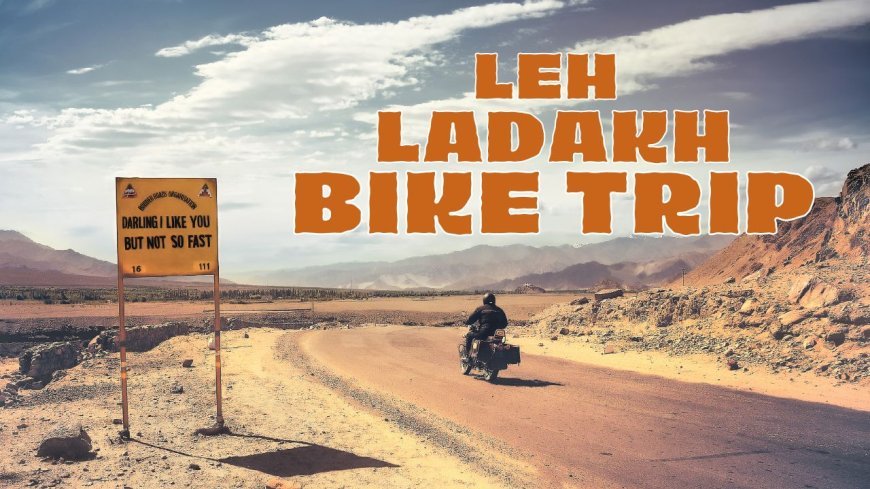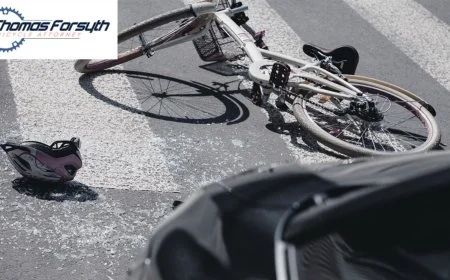How to Extend Your Leh Ladakh Bike Trip to Spiti Valley?

A Leh Ladakh Bike Trip is an adventure like no other, offering breathtaking landscapes, high-altitude mountain passes, and an unforgettable experience. However, for those who seek an even more thrilling journey, extending the trip to Spiti Valley can be a great option. Spiti Valley is known for its rugged terrain, remote villages, and stunning monasteries. This guide will help you plan an extended journey from Leh Ladakh to Spiti Valley, covering route details, required permits, fuel stops, accommodation options, and essential travel tips.
Why Extend Your Leh Ladakh Bike Trip to Spiti Valley?
Spiti Valley is a dream destination for adventure enthusiasts, often compared to Ladakh due to its barren landscapes and ancient Buddhist culture. While Ladakh offers high-altitude lakes, iconic monasteries, and passes like Khardung La, Spiti Valley boasts offbeat trails, deep gorges, and untouched beauty. Combining both destinations allows riders to experience diverse terrains, making the journey even more thrilling.
Best Route to Extend Leh Ladakh Bike Trip to Spiti Valley
The route from Leh to Spiti Valley covers some of the most challenging yet scenic roads in the Himalayas. Below is the best possible route for this extension:
- Leh to Sarchu (250 km) – Ride through Tanglang La and Lachulung La passes.
- Sarchu to Keylong (110 km) – A scenic ride through Baralacha La Pass.
- Keylong to Kaza (200 km) – Enter Spiti Valley through Kunzum Pass.
- Kaza to Tabo (50 km) – Explore ancient monasteries and remote villages.
- Tabo to Chandra Taal (80 km) – Witness the famous moon lake.
- Chandra Taal to Manali (100 km) – Conclude your journey via Rohtang Pass.
This route ensures an adventurous ride while covering some of the most iconic landmarks of both Ladakh and Spiti.
Permits Required for the Extended Trip
While Leh Ladakh Bike Trip requires permits like Inner Line Permit (ILP) for visiting restricted areas, Spiti Valley also has specific permit requirements.
- For Leh Ladakh: ILP is required for foreign nationals to visit Nubra Valley, Pangong Lake, and Tso Moriri.
- For Spiti Valley: No permit is required for Indian citizens. However, foreign nationals need a permit to visit certain areas like Dhankar and Kaza.
You can obtain ILP online from the Leh District Administration website, while the permit for Spiti can be acquired from the Deputy Commissioner’s Office in Reckong Peo.
Fuel Stops Between Leh and Spiti Valley
Fuel availability is a major concern when planning this extended trip. Since petrol pumps are scarce in the remote Himalayas, refueling strategically is crucial. Below are the key fuel stations along the route:
- Leh – Multiple fuel stations available.
- Karu (35 km from Leh) – A small but reliable petrol pump.
- Upshi – The last petrol pump before heading towards Pang.
- Tandi (Keylong) – The only fuel station between Leh and Kaza (350 km).
- Kaza – The last petrol pump before heading towards Manali.
Carrying extra fuel in jerry cans is highly recommended, especially for the Sarchu to Keylong stretch, where fuel stations are absent.
Best Time to Extend Your Leh Ladakh Bike Trip to Spiti
Both Leh Ladakh and Spiti Valley remain snow-covered during winter, making road travel extremely difficult. The ideal time for this extended journey is:
- June to September: The roads are clear, and the weather is favorable.
- July and August: Perfect for adventure riders but prone to occasional landslides.
- September: Offers the best road conditions with minimal tourist traffic.
Avoid traveling between November and May, as Kunzum Pass and Rohtang Pass remain closed due to heavy snowfall.
Accommodation Options in Spiti Valley
Since Spiti Valley is remote, finding luxury hotels can be difficult. However, there are plenty of budget guesthouses, homestays, and camping sites available.
- Kaza: Affordable guesthouses and boutique homestays.
- Tabo: Stay at the Tabo Monastery Guesthouse for a spiritual experience.
- Chandratal: Campsites near the lake offer an incredible experience under the stars.
Pre-booking accommodations is recommended, especially in peak season (June-August).
Challenges of Extending the Leh Ladakh Bike Trip to Spiti
Extending a Leh Ladakh Bike Trip to Spiti Valley is not without challenges. Here are some difficulties riders may face:
- Altitude Sickness: Both Ladakh and Spiti are high-altitude regions, making acclimatization crucial.
- Harsh Weather Conditions: Temperature fluctuations can be extreme, even in summer.
- Remote Locations: Limited access to medical aid and mobile networks.
- Off-Road Trails: Many sections are unpaved, requiring skilled riding.
Proper preparation and carrying emergency medical supplies can help riders overcome these challenges.
Essential Packing List for an Extended Trip
Since this journey covers some of the most rugged terrains in India, carrying the right essentials is important. Here’s what to pack:
Riding Gear:
- Full-face helmet with visor
- Riding gloves and armored jacket
- Knee and elbow guards
- Sturdy riding boots
Bike Essentials:
- Extra tubes and clutch wires
- Tool kit and puncture repair kit
- Extra fuel cans
- Bungee cords for luggage
Clothing:
- Thermal wear for cold nights
- Waterproof riding suit
- Sunglasses and sunscreen
- Light but warm woolens
Other Essentials:
- First-aid kit with altitude sickness tablets
- Power banks and spare batteries
- Permits and ID proofs
- Enough cash (ATMs are scarce)
Packing efficiently ensures a safe and comfortable journey while tackling the challenging terrains of Ladakh and Spiti.
Conclusion
Extending a Leh Ladakh Bike Trip to Spiti Valley is a rewarding experience, offering stunning landscapes, thrilling passes, and unique cultural encounters. While the route is challenging, proper planning, permits, and fuel management can make the journey seamless. With breathtaking spots like Kunzum Pass, Tabo Monastery, and Chandratal Lake, this extended adventure promises an unforgettable biking expedition.
For the best Leh Ladakh Bike Trip experiences, visit Cazel Group and plan your dream ride today!
What's Your Reaction?




































































